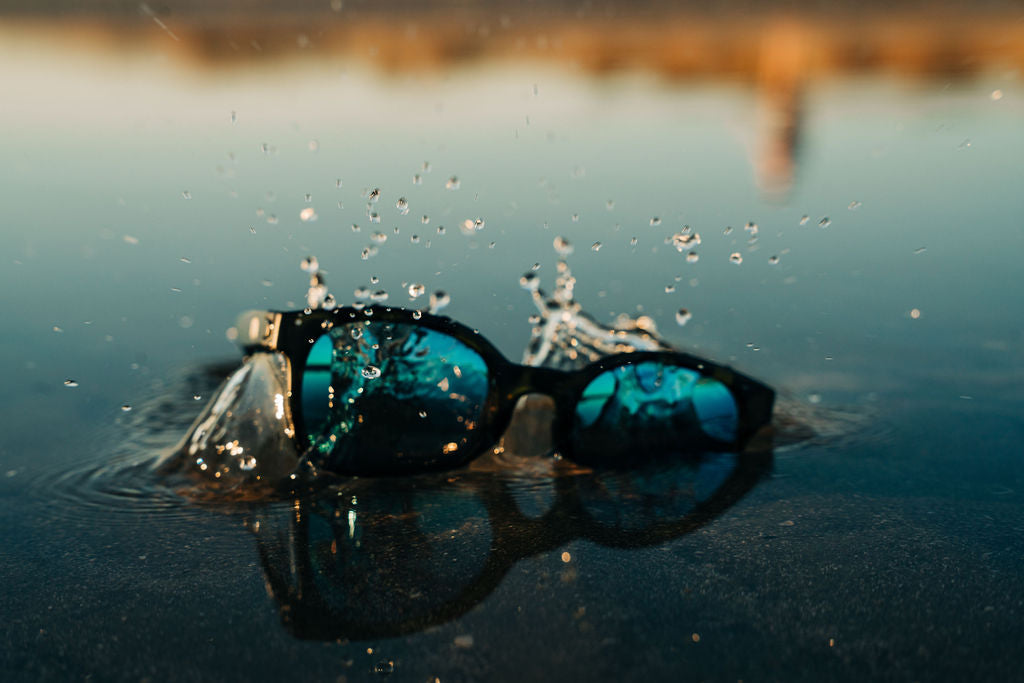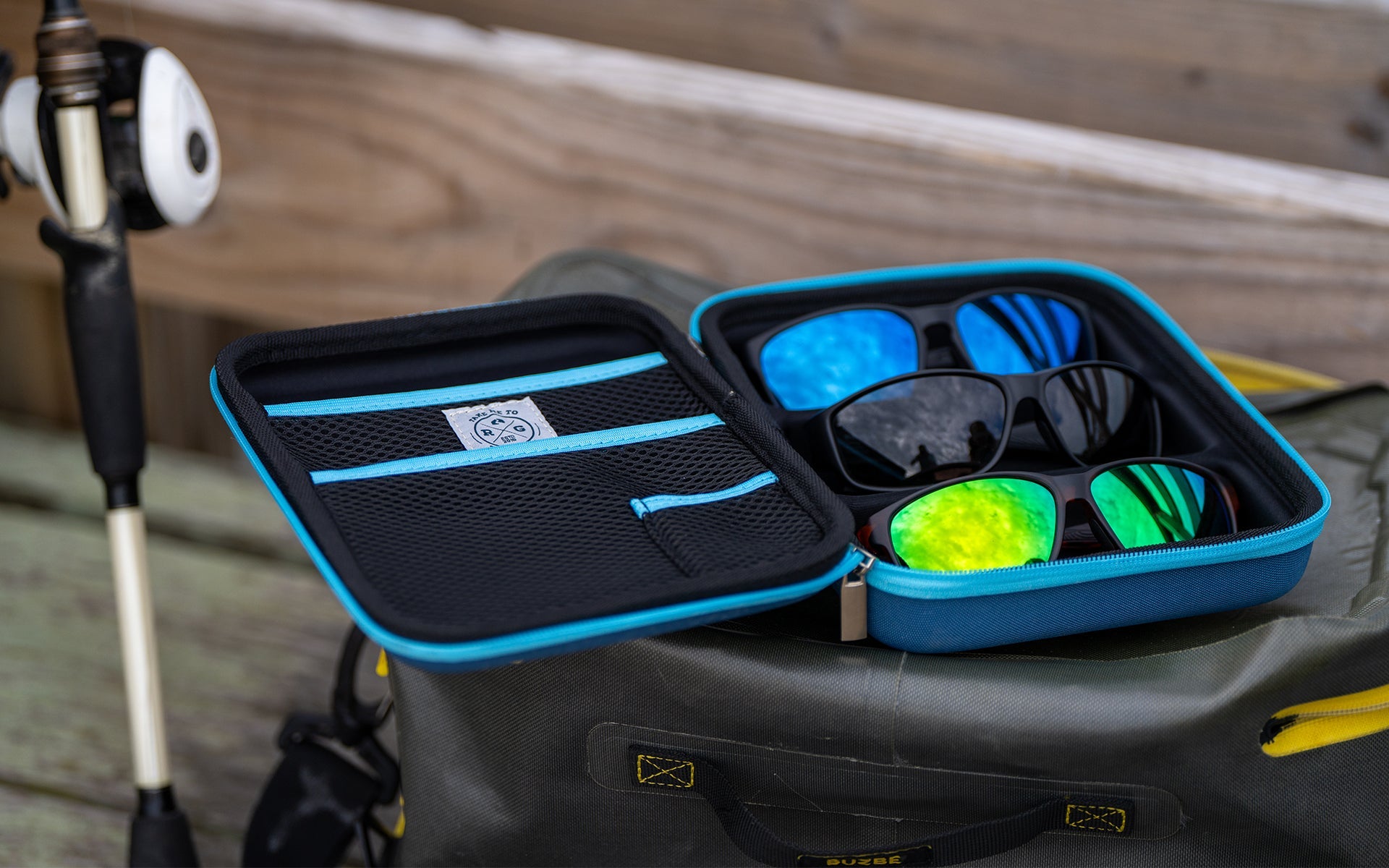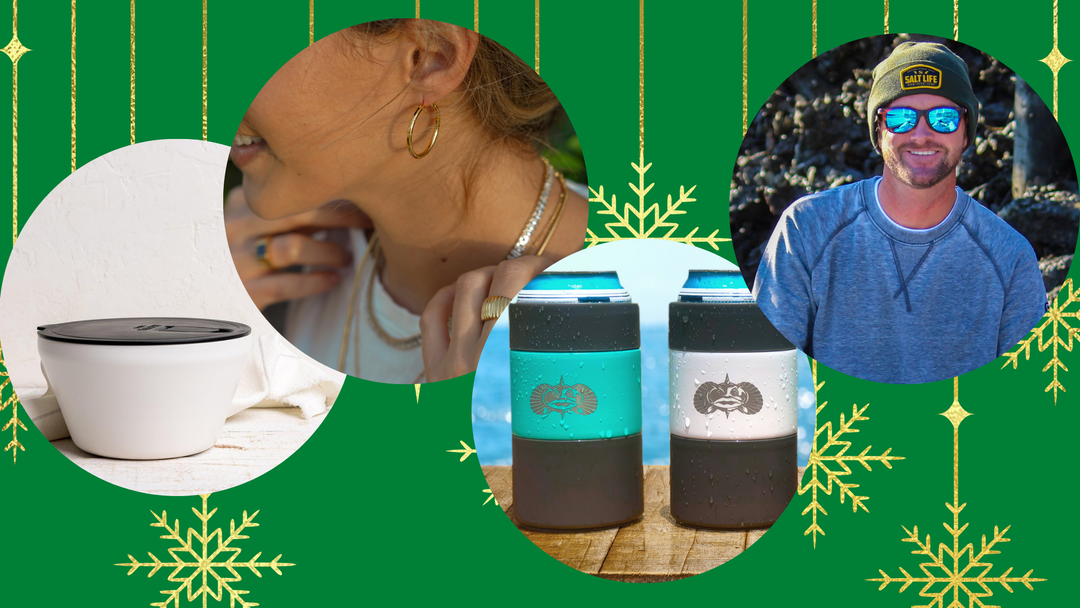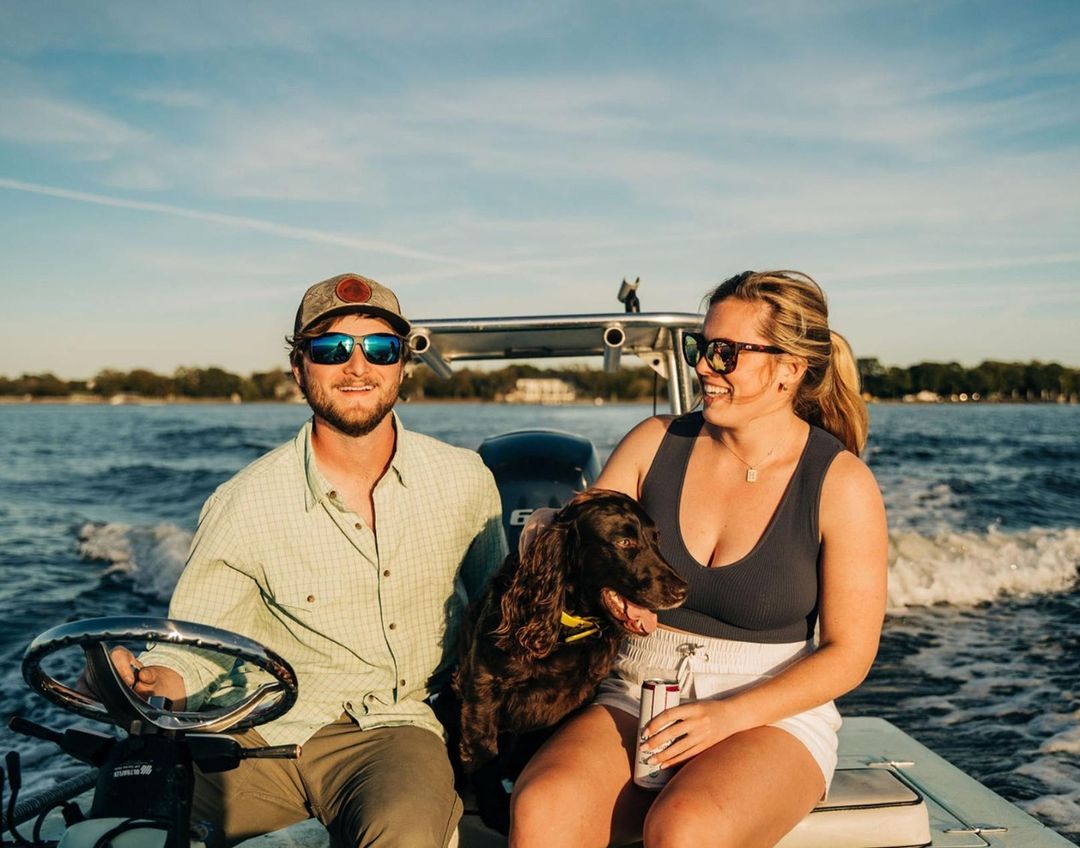How to increase sales for fishing retailers in 6 steps

For small business owners, every purchase makes a difference. Many owners spend their valuable time trying to lure in customers with deep discounts or expensive signage, often to their own detriment. It’s difficult for any business to keep profits up, even when you have a steady stream of customers. There’s a good chance you’re missing out on opportunities to increase your customers’ average order value.
So it’s time to stop angling for sales with strategies that don’t work. There’s so much potential with your current customer base, inventory and community. With some additions and a few changes, you can maximize your store’s potential and increase revenue opportunities.
We’ve put together tips on how to increase sales for fishing retailers like yourself.
-
Merchandise your store in a way that generates sales.
Many business owners think that maximizing sales is about adding more inventory and selling more products. While having the right product mix is essential, that’s not the entire story. Your store’s appearance and layout could be hurting your bottom line. Poor lighting, confusing sections or messy shelves can keep customers from finding what they need… and discovering new items they may want to purchase. Streamline your store by creating well thought out sections so people don’t have to hunt around. The easier it is to find something, the easier it is to make a purchase.
Quick Check: Do you use signage?
If the answer is no, your customers could likely benefit from some simple category signs to point them in the right direction, like Lures, Rods and Eyewear.
-
Follow the story the numbers are telling about your business.
With a clean store and organized shopping experience, now it’s time to look at the numbers. Review your sales data every quarter, if not more, so you can recognize trends early on. Is a once popular fish-finder slowly declining in sales? That can tell you it might be time to update your inventory. Be sure you’re keeping an eye on margins, and look for products that yield margins of at least 40 – 50%. This will give you sufficient cushion in case you need to clearance old items or make room for new inventory.
Quick check: What is your average margin?
If the percentage falls below 40%, you may need to rethink the lines you carry.
-
Update your store with related items and fresh products.
Think about who your customers are and the other items they may need. Add complementary products next to your best-selling items, or near checkout with a countertop display. If the majority of your products have a low price point, like hooks and sinkers, overall sales will be low – even in high quantities. Add in higher price point items that will increase order value while still fitting within an accessible impulse purchase range, generally anywhere from $35 - 60. By incorporating unique and related products, like floating sunglasses, you’ll increase revenue and provide value to your customers by anticipating their needs. At Rheos we offer starter wholesale packages with low minimums and high margins for a low-risk trial in your store.
Quick check: What is your average checkout price?
If customers only come in for low cost items like hooks and fishing line, your average checkout price may be low. To increase sales without increasing customers, look for up-sell opportunities and higher price point items near the checkout area.
-
Host events to reach even more people.
Draw people into your store by offering things like free educational sessions. You’ll give your customers a reason to stop by or tell their neighbors about what’s happening in your shop. Fly tying demonstrations or Q&As with local fishing guides, for example, can encourage those who may not be familiar with your store to try something new. Be sure to share the event details in local calendar listings and news bulletins – many of which are completely free. In the end, you’re doing something good for the community and great for your business.
Quick check: Have you been featured in local media?
Hosting events is a great way to get a shoutout in your local newspaper or community calendars.
-
Get embedded within your local community.
Create a community culture to build brand loyalty, which will help keep your customers away from local competitors or online retailers. Celebrate your customers by showing off their big catches on a “wall of fame” in your shop or on your social media pages. Sponsor local school events or partner with a relevant nonprofit in your area. When your customers feel like you’re there for them, they’ll be there for you.
Quick check: Do you know any customers by name?
If you don't have any regulars, you're not building community or brand loyalty. Relationships are a two-way street, so get to know your local fishermen and women.
-
Create a loyalty rewards program.
Rewards programs work for a reason. Your customers will become invested in your business when they know there’s something extra in it for them. Offering discounts and freebies for loyal customers will encourage them to continue shopping so they don’t miss out. Start capturing emails at checkout so you can send your customers special rewards. This can be especially helpful for generating sales during slow months of the year.
Quick check: Are you collecting customer emails?
Email is a great way to keep customers engaged and let them know about rewards and discounts.
All of these tips do one key thing — make it easier for you to serve more customers more often to increase your annual revenue. By improving the shopping experience, offering the right product assortment, driving foot traffic and maintaining positive customer relationships, you’ll be amazed when you see how effectively you can increase sales for your bait and tackle or fishing shop. It takes hard work, commitment and patience, but after all, that’s what fishing is all about.














